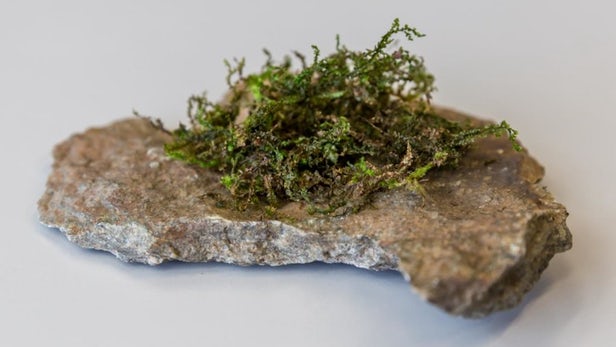
Breaking News
 GARLAND FAVORITO: More and more fraud from the 2020 election in Fulton County, Georgia...
GARLAND FAVORITO: More and more fraud from the 2020 election in Fulton County, Georgia...
 Rep. Matt Gaetz tells Tucker Carlson that agents of the Israeli govt tried to blackmail his...
Rep. Matt Gaetz tells Tucker Carlson that agents of the Israeli govt tried to blackmail his...
 Trump: We need Greenland for national security… you have Russian and Chinese ships all over...
Trump: We need Greenland for national security… you have Russian and Chinese ships all over...
 1,000 US pastors travel to train as 'ambassadors' for Israel
1,000 US pastors travel to train as 'ambassadors' for Israel
Top Tech News
 Perfect Aircrete, Kitchen Ingredients.
Perfect Aircrete, Kitchen Ingredients.
 Futuristic pixel-raising display lets you feel what's onscreen
Futuristic pixel-raising display lets you feel what's onscreen
 Cutting-Edge Facility Generates Pure Water and Hydrogen Fuel from Seawater for Mere Pennies
Cutting-Edge Facility Generates Pure Water and Hydrogen Fuel from Seawater for Mere Pennies
 This tiny dev board is packed with features for ambitious makers
This tiny dev board is packed with features for ambitious makers
 Scientists Discover Gel to Regrow Tooth Enamel
Scientists Discover Gel to Regrow Tooth Enamel
 Vitamin C and Dandelion Root Killing Cancer Cells -- as Former CDC Director Calls for COVID-19...
Vitamin C and Dandelion Root Killing Cancer Cells -- as Former CDC Director Calls for COVID-19...
 Galactic Brain: US firm plans space-based data centers, power grid to challenge China
Galactic Brain: US firm plans space-based data centers, power grid to challenge China
 A microbial cleanup for glyphosate just earned a patent. Here's why that matters
A microbial cleanup for glyphosate just earned a patent. Here's why that matters
 Japan Breaks Internet Speed Record with 5 Million Times Faster Data Transfer
Japan Breaks Internet Speed Record with 5 Million Times Faster Data Transfer
Rare moss contains marijuana-like compound with potentially superior medicinal effects

The compound closely resembles that of THC, but exhibits less of a psychoactive effect with potentially better anti-inflammatory properties.
While several plants other than marijuana are known to produce cannabinoids, cannabis is the only plant so far discovered to contain THC, the primary psychoactive compound generally associated with a "high." In the 1990s scientists discovered that a liverwort plant called Radula perrottetii contained a natural compound with an extraordinary structural similarity to THC.
This natural compound, dubbed perrottetinene, underpinned anecdotal reports suggesting this particular genus of liverwort moss could be an effective "legal high." However, the actual pharmacological effects of this unique compound have never been investigated.
In a new published study, scientists for the first time have homed in on the pharmacological effects of perrottetinene, discovering it does indeed activate the same cannabinoid receptors in the brain as THC, albeit with a significantly reduced psychoactive potency.

 Advanced Propulsion Resources Part 1 of 2
Advanced Propulsion Resources Part 1 of 2

